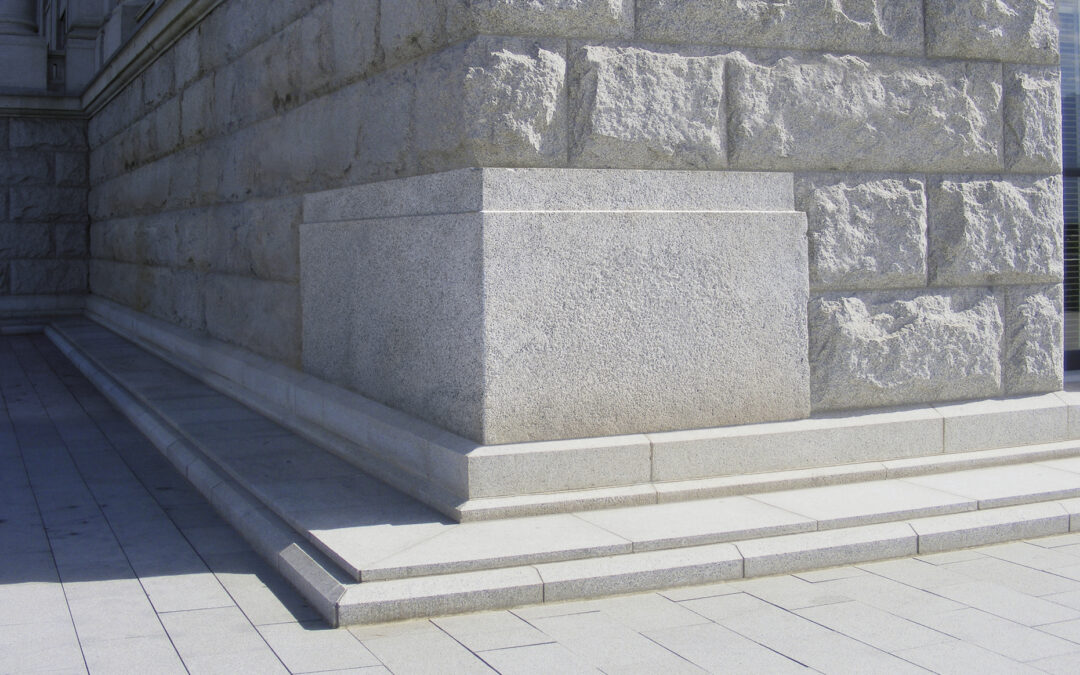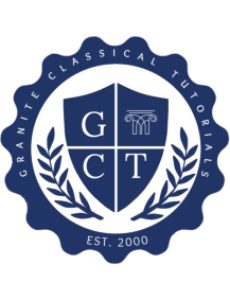Unless the Lord builds the house, those who build it labor in vain.
Psalm 127:1
The language of building and construction permeates our language when we talk about education: young students need a foundation of knowledge which teachers then build upon; in classical education, we frequently talk about Dorothy Sayers’ famous “lost tools of learning”; teachers scaffold assignments, construct courses, and so on.
Building imagery is also returned to again and again in Scripture. We see it, for example, in Ephesians 2, where the body of believers is likened to a building formed on the “foundation of the apostles and prophets, Jesus Christ Himself being the chief cornerstone.” The image of God as an architect is used vividly in scripture. One passage that pictures God as architect also makes a connection to wisdom, by layering in a second image, that of wisdom personified. Proverbs 8 personifies Wisdom as a woman and is written as though in her words:
Before the mountains had been shaped, before the hills, I was brought forth, before he had made the earth with its fields, or the first of the dust of the world. When he established the heavens, I was there; when he drew a circle on the face of the deep, when he made firm the skies above, when he established the fountains of the deep, when he assigned to the sea its limit, so that the waters might not transgress his command, when he marked out the foundations of the earth, then I was beside him, like a master workman, and I was daily his delight, rejoicing before him always, rejoicing in his inhabited world and delighting in the children of man.
And, of course, the image is prominent in Psalm 127:1, our theme verse for the year which warns that “unless the Lord builds the house, those who build it labor in vain.” Notice that there are two different builders in this verse: God, and human builders. Both have a role. But when we think of ourselves as builders in our teaching endeavor, we have to be careful that we don’t get so wrapped up in the planning and executing that we think we’re the ones responsible for the ultimate outcome. All our carefully planned lesson blueprints, our evenly laid foundations, and all our meticulously scaffolded assignments are in vain – to no avail – if we’re relying on ourselves for success. An education – even a classical one – without Christ as its cornerstone and God as its master architect will be like the Tower of Babel: a vehicle for students to uphold themselves in pride over all they can accomplish. And as we know from that story, God does not allow such vanities to stand for long.
Instead, we need the Master Architect to guide our plans, purposes, and processes as we build. Not even a perfectly executed classical Christian education, in and of itself, will turn students into spiritually-minded, God honoring Christians. God’s hand in our students’ lives and his work in their hearts is what is going to achieve that. So we need to be praying for God to be the master builder, to orchestrate all our efforts, and to orient our hearts away from ourselves and towards him as we work.
We still labor, because God has called us to teach. And so we do plan and scaffold and build, but we do so in obedience to God and in reliance on him to make our labor result in something solid, sturdy, and glorifying to Him.
Of course, this image of building and construction might seem a bit of an ironic choice when our ability to meet together in a physical building is being impacted by a global pandemic. Our physical spaces and our use of them will look very different in the Fall than they have in the past. And as we are all well-aware after the 2019-20 academic year, there may come a time at which we are once again restrained from meeting in a building at all.
But the image of Christ as our cornerstone should be even more of a comfort to us during this time, rather than less. David Smith and Susan Felch, authors of Teaching and Christian Imagination from which our theme this year is inspired, write that “many central and iconic buildings in the Bible, designed or commanded by God himself, are insubstantial and temporary. Noah’s ark, Abraham and Sarah’s tent, the ‘ark’ carrying baby Moses down the Nile, the tabernacle, and the plant that shades Jonah, are all fragile, flimsy, contingent structures. They are not made to last; we should not look to them for our security.” Neither should we look to a physical meeting place for our security in our educational endeavour this academic year. Instead, our hope is in the living Stone rejected by men, the chief Cornerstone, chosen and precious (1 Peter 2:4-6).
There is more work to be done by both parents and tutors this year than ever before. Parents will need to plan carefully, build upon what tutors are able to do during our in-person classes, and construct schedules and routines that enable learning to happen more heavily at home. Tutors will need to build creatively so as to use the limited resources of in-person classes constructively, and will be crafting much more detailed blue-prints for parents to follow at home. At Granite, our prayer is that God, the Master Architect, will bless and orchestrate all our efforts and that he, truly, will build the house.


